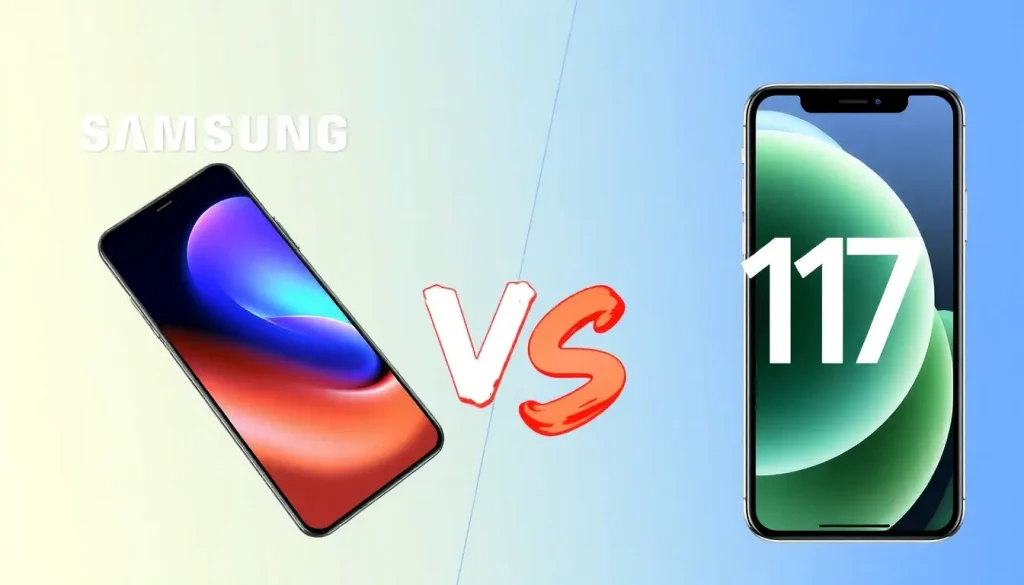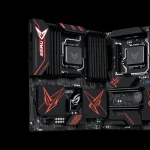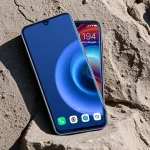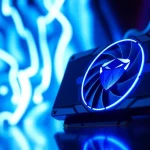Samsung Galaxy S25 vs iPhone 17 Comparison Guide

The ongoing battle between Apple and Samsung continues to captivate tech enthusiasts and everyday consumers alike. With the recent releases of the iPhone 17 and the Samsung Galaxy S25, both companies offer compelling features that cater to varying user preferences. If you’re considering upgrading your smartphone, understanding the strengths and weaknesses of these two flagship devices is essential.
This article delves into the specifications, features, and overall performance of both smartphones, helping you make an informed decision on which one suits your needs best.
In-depth look at Samsung Galaxy S25 and iPhone 17
The Samsung Galaxy S25 and iPhone 17 are positioned in the high-end smartphone market, boasting impressive specifications. While both devices aim to deliver exceptional user experiences, their fundamental differences stem from their respective manufacturers. This section will break down the critical features of each phone, allowing for a clearer comparison.
Design and Build Quality
When it comes to design, both smartphones present themselves with a sleek, modern aesthetic. The front of each device showcases a flat screen with rounded edges, enhancing ergonomics. However, the iPhone 17 distinguishes itself with the signature Dynamic Island, a feature that adds a unique flair to its design.
On the back, the similarities continue. The Galaxy S25 sports a matte finish with three cameras arranged in the upper right corner, complemented by the Samsung logo at the bottom. In contrast, the iPhone 17 features a dual-camera system located in a similar position, with the Apple logo centrally placed.
In terms of dimensions and weight, the Galaxy S25 takes a slight edge, being more compact:
- Galaxy S25: 146.9 mm (height) x 70.5 mm (width) x 7.2 mm (thickness), weighing 162 grams.
- iPhone 17: 149.6 mm (height) x 71.5 mm (width) x 8 mm (thickness), weighing 177 grams.
Display Technology
The display is a crucial aspect for many users, and both devices deliver impressive visual experiences. The Samsung Galaxy S25 features a 6.2-inch LTPO AMOLED display, offering a resolution of 1080 x 2340 pixels, a refresh rate of 120 Hz, HDR10+ support, and a peak brightness of 2600 nits.
On the other hand, the iPhone 17 boasts a slightly larger 6.3-inch LTPO Super Retina XDR OLED display with a resolution of 1206 x 2622 pixels, also supporting a 120 Hz refresh rate, HDR10, and a maximum brightness of 1600 nits. Notably, the display technology used in the iPhone 17 is the same as that found in its predecessor, the iPhone 16 Pro Max.
Camera Capabilities
Both smartphones excel in photography, providing images with sharp details and vibrant colors. However, their camera configurations differ significantly:
- Samsung Galaxy S25: 50 MP (wide) + 10 MP (telephoto) + 12 MP (ultrawide), capable of recording video at 8K at 30 fps and 4K at 60 fps. The front camera is 12 MP with HDR, also recording in 4K at 60 fps.
- iPhone 17: Dual-camera setup with 48 MP (wide) + 48 MP (ultrawide), capable of recording video in 4K at 60 fps. The selfie camera is 18 MP with HDR and Dolby Vision, also recording in 4K at 60 fps.
Processing Power and Performance
In terms of processing power, the Galaxy S25 incorporates Qualcomm's latest flagship chip, the Snapdragon 8 Elite. This chipset is designed for high performance, ensuring that demanding applications and games run smoothly.
The iPhone 17, meanwhile, is powered by Apple's A19 chip, built on a 3nm process, offering efficient performance and optimization for Apple's ecosystem. Both devices promise to handle any task with ease, but their underlying technologies differ significantly.
Regarding RAM and storage options:
- Galaxy S25: 12 GB RAM with storage variants of 128 GB, 256 GB, and 512 GB.
- iPhone 17: 8 GB RAM available in 256 GB and 512 GB storage options.
Artificial Intelligence Features
The Galaxy S25 excels in artificial intelligence capabilities, leveraging advanced integration with Google's Gemini AI. This enables features like image generation, real-time translation, video editing, and more, enhancing the user experience significantly.
While Apple has lagged in this area, the iPhone 17 introduces improvements in its Apple Intelligence, aiming for better efficiency in tasks such as live translations, content creation, and photo editing. However, it still trails behind Samsung in terms of AI functionality.
Operating System and Update Policies
One notable difference lies in the operating systems. Currently, the Galaxy S25 runs on Android 15 with One UI 7, but it has drawn criticism for slow update policies, as Android 16 was released months ago.
In contrast, Apple is known for its exemplary update policies. The iPhone 17 launches with iOS 26, which includes multiple enhancements and new features, ensuring long-term support and security.
Battery Life and Charging Specifications
Battery performance is vital for smartphone users. The Galaxy S25 is equipped with a 4000 mAh battery with 25 W wired fast charging, while the iPhone 17 has a slightly smaller 3692 mAh battery, also supporting 25 W wired fast charging. Despite their similar charging capabilities, the actual battery life may vary based on usage.
Price Comparison
Pricing is always a critical factor in choosing a smartphone. Here’s a breakdown of the prices based on storage options:
| Model | Storage Option | Price |
|---|---|---|
| Samsung Galaxy S25 | 128 GB | €829 |
| Samsung Galaxy S25 | 256 GB | €849 |
| Samsung Galaxy S25 | 512 GB | €899 |
| iPhone 17 | 256 GB | €959 |
| iPhone 17 | 512 GB | €1209 |
In conclusion, whether you are leaning towards the iPhone 17 or the Galaxy S25 depends on your personal preferences and ecosystem loyalty. If you are part of the Apple ecosystem, the iPhone 17 remains a solid choice with its refined features. However, if you prioritize AI capabilities and camera performance, the Galaxy S25 offers compelling advantages, especially considering its competitive pricing. For visual learners, here's a comparative video that dives deeper into both smartphones:




Leave a Reply